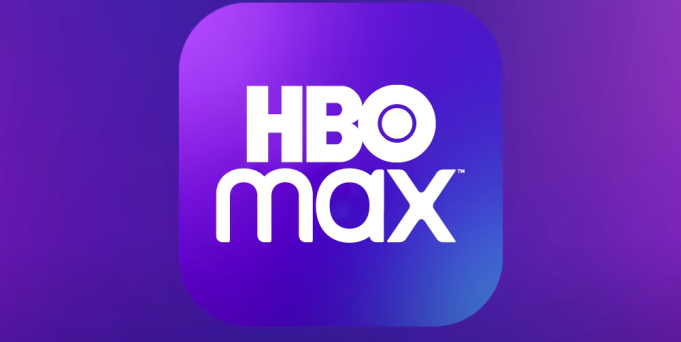Why HBO Max May Not Work for You Today

HBO Max, the new streaming service, launched this morning. Users immediately began to experience crashes and bugs.
When Disney+ launched, the same thing occurred. Why does this always happen?
Software experts say it's impossible to design a platform that can withstand every possible error that comes up because it's impossible to predict every last scenario.
HBO Max finally launched today, which means it should be time to binge shows like Friends, Game of Thrones, The Sopranos, and The Wire. There's just one problem: Even though HBO promised paying subscribers that their HBO Now app would automatically switch over to HBO Max at launch, that hasn't yet happened for many users.
As you'd expect, people are already annoyed.
Why am I still looking at a plain ass HBO now app that doesn't have any updates pic.twitter.com/mpwxwjsqGd
— Mike D'Antoni slander account (@Cam_Unstoppable) May 27, 2020
Me right now cause I thought HBONow would automatically update to #HBOMax at midnight. pic.twitter.com/TViXhafBHf
— Rafa🦉 (@garciazendejas) May 27, 2020
Waiting until my #HBONow evolves in to #HBOMax pic.twitter.com/aM8F0W1B89
— Michael Jon"Booster Gold"⭐️ Carter (@DCUOBoosterGold) May 27, 2020
There's a simple reason why this is happening: Your device doesn't support HBO Max.
In a confusing twist, HBO Max has launched without support for Roku or Amazon Fire TV devices—the two most popular streaming systems in the U.S.—due to contract disagreements. While industry sources say these talks are still ongoing, you won't be able to watch HBO Max until all parties come to an agreement.
If and when those devices come online, it'll happen virtually at once, which could cause some server disruptions or other crashes. That may be the one silver lining for HBO Max users on Apple TV right now: There haven't been many widespread reports of service errors. Yet.
Software experts say that although the engineering side continues to improve, it's pretty much impossible to coax out every possible error that could arise when a new digital platform goes live for the first time. That's especially true if millions of users all try to access the service for the first time at once.
"The good news is, as more services launch and have bugs, the more we learn and can fix," Jonathan Aldrich, a professor at Carnegie Mellon University's Institute for Software Research, tells Popular Mechanics. "The bad news is, as you come up with new solutions to those problems through research and good engineering practices, you find fixes and then design new features that then have new problems."
When Disney+ launched last November, for example, users were outraged and took to Twitter to bemoan pretty much the same exact issues. Whether they couldn't log into the service, connect to internet to watch a stream, or access the service at all, users experienced all sorts of software bugs. The number of software bugs scaled to the size of the platform quite well; by the start of Day 2 for Disney+, over 10 million users had signed up.

Prior to its launch in the U.S., Disney+ held a soft launch in the Netherlands, where Dutch users could sign up for a free trial period of the service. Those users were expected to help Disney work out kinks in its system.
Aldrich says this is a perfectly reasonable way to test a software platform before its big release. The problem lies in scaling for the launch.
"It might seem to make sense to say, 'okay, I have n number of users in the Netherlands, and this is how many users we expect in the U.S.,' and then figure out how to scale your findings from that testing," Aldrich says.
But that results in what Aldrich calls "nonlinear" issues. It's impossible to predict the exact size of your audience, and companies' forecasts are often too low. When you scale to the amount of users you'll actually have on launch day, new software flaws will emerge by virtue of the size of that audience—something that's pretty much impossible to plan for, even with simulated users in testing.

In the Disney+ scenario, Disney also owns Hulu and ESPN, which caused additional issues upon the service's launch. Since users could sign up for Disney+ in several ways, including upgrading through their existing Hulu and ESPN accounts, it was extremely difficult to stimulate that user behavior—especially as it happened across millions of devices.
It's possible to engineer some pretty technical fixes in advance, and it's likely that companies like Disney and HBO did. Aldrich says programming some automated intelligence into the software can help deal with surges in demand. You can engineer the platform so that as more users come online, so do more cloud servers that host the data being accessed, for example.
Or, if there's more computing or more data demand in one part of the system—which could create novel bugs—it's possible for more cloud servers to come online just to address that portion of the system. Maybe that's the bit dealing with users signing up for a service through existing accounts; maybe that's the portion of the system that deals with internet connectivity.
In turn, that leads to some redistribution of the system's priorities. Some users may have blurrier streams for a few moments while new users are brought online.
So what's the solution if you're frustrated that you can't watch HBO Max right away?Patience. Because the truth is most companies conduct software testing on launch day. And if you're a Roku or Amazon Fire TV streamer, you may need a few extra doses of that patience.
In the meantime, don't do what Tony Soprano would do. Just take a deep, deep breath.
You Might Also Like


